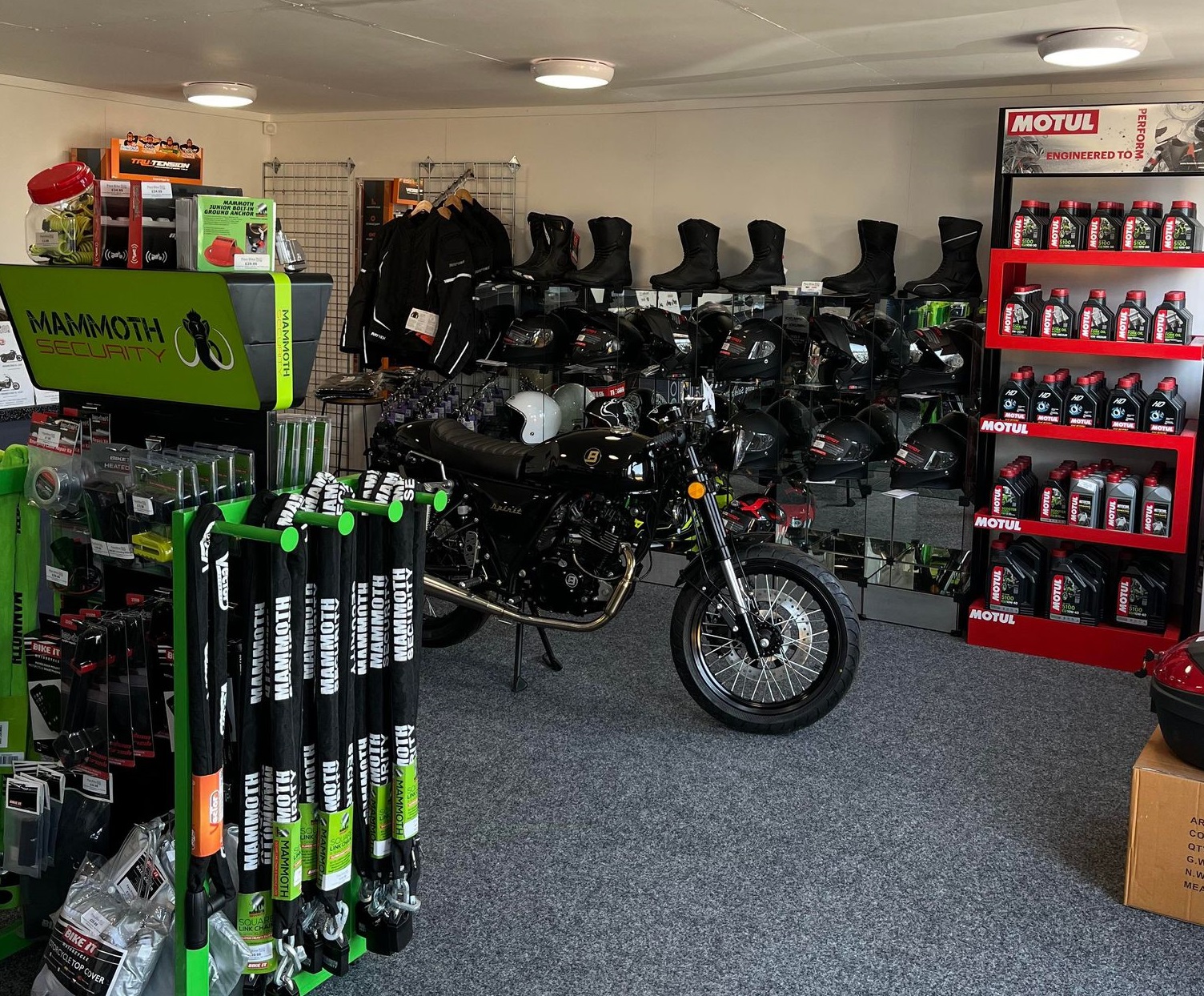Mastering Bike Gears: Exactly How to Maximize Your Riding Experience
In the realm of motorcycling, grasping the art of gear control is important for improving your riding performance. Effectively recognizing and making use of bike gears can considerably impact gas, acceleration, and control performance, changing an ordinary adventure into a seamless, exciting trip. By incorporating specific shift timing and adapting gear selection to different road conditions, bikers can guarantee optimum engine performance and safety. The subtleties of clutch control, throttle sychronisation, and gear mechanics bid a much deeper exploration, promising to unlock the complete potential of your equipment. How can these techniques be taken advantage of to absolutely optimize your riding experience?
Understanding Gear Mechanics
Just how do the intricacies of equipment auto mechanics influence motorcycle efficiency? At the core of motorcycle dynamics, gear mechanics play an essential role in transforming engine power right into movement, eventually determining speed and control. Gears, thoroughly crafted parts, enable bikers to enhance torque and speed, ensuring a smooth shift through various surfaces and speeds. The gear ratios, thoroughly developed, determine the relationship between engine revolutions and wheel turns, affecting acceleration and gas efficiency.
Recognizing equipment mechanics begins with identifying the significance of the gearbox, which houses numerous gears of differing dimensions. These equipments engage via a process called meshing, where teeth of different equipments engage to transfer power. The accuracy of this interaction is critical; any imbalance or damages can bring about ineffective power transfer, hindering efficiency. Additionally, the arrangement and size of gears influence the bike's capacity to handle different loads and rates.
Furthermore, the principle of equipment changing is important to making the most of performance. Timely and smooth changes make sure that the engine operates within its ideal power band, preventing unneeded stress and boosting long life (mx gear nz). By understanding these mechanical intricacies, cyclists can achieve an unified blend of control, power, and performance, boosting their riding experience
Timing Your Changes
Change timing proficiency is important for optimizing bike performance and enhancing the riding experience. Correctly timed shifts ensure that the engine runs within its optimum power band, which is essential for preserving control, achieving smooth acceleration, and ensuring the durability of the motorbike. Riders should develop an intuitive sense of when to shift gears, which includes understanding the connection in between engine revolutions per minute (RPM) and speed.
To understand change timing, pay close interest to the engine's audio and really feel, as these give crucial clues concerning when to alter gears. When the engine approaches the upper range of its power band without reaching the redline, the excellent shift factor commonly occurs - mx gear nz. Shifting also early can bring about an absence of power, while changing also late might trigger unneeded engine strain
Furthermore, roadway problems and riding design influence shift timing. For instance, in urban settings, smoother and more constant changes may be required to browse website traffic efficiently. In comparison, during highway riding, fewer shifts at higher rates can be better suited. Exercising in diverse atmospheres will improve your capability to time changes specifically, ultimately boosting your riding experience to a professional level.
Enhancing Gas Effectiveness
While understanding bike gears is vital for efficiency, boosting fuel effectiveness is equally essential for both environmental and financial factors. Optimum fuel consumption not just decreases functional costs but likewise lessens the environmental impact of riding. To achieve this, one should comprehend the elaborate connection in between equipment choice and engine performance.
Riding in a higher equipment at lower speeds can lead to engine lugging, which is detrimental to both gas economic climate and engine wellness. Conversely, riding in lower gears at high rates results in unnecessary gas intake.
Additionally, routine maintenance plays a critical role in fuel effectiveness. Ensuring that the motorcycle is well-tuned, with tidy air filters and correctly inflated tires, can enhance my company aerodynamics and reduce fuel wastage. Taking on a riding design that welcomes progressive velocity and smooth slowdown can add to far better fuel economic climate.

Techniques for Smooth Transitions
Attaining smooth gear transitions is basic to improving the riding experience and making sure the long life of a motorcycle's transmission system. Proper gear changing not only adds to a seamless adventure yet additionally reduces damage on the mechanical elements. To understand the art of smooth changes, riders have to concentrate on a few vital techniques.

Secondly, clutch control plays a critical role. Engaging and disengaging the clutch efficiently requires method. The clutch lever must be released progressively, permitting a smooth transfer of power from the engine to the wheels without creating a shock or abrupt movement.

Adapting to Roadway Conditions
Browsing diverse road problems is an essential ability for any kind of motorcyclist aiming to maintain control and security. Whether you're riding on wet surfaces, crushed rock roadways, or navigating sharp turns, your capacity to adapt your equipment usage and riding method is extremely important. Understanding just how to change your gears appropriately can significantly influence grip and stability, making classic motorcycle gloves certain a much safer trip.
In contrast, when riding on crushed rock or uneven surface, reduced gears are more effective. Lower gears offer better control and enable you Discover More to react more promptly to unanticipated modifications in the roadway surface.
Sharp curves require accurate gear management to stabilize speed and control. Downshifting prior to going into a curve can aid keep energy while making sure the bike remains secure throughout the turn. Consistent practice in varied conditions boosts your ability to respond and predict to changes in road structure and slope.
Verdict
Mastering bike equipments considerably boosts the riding experience by enhancing acceleration, gas, and control performance. Adapting gear choice to different road problems, such as making use of higher gears on damp surface areas and reduced gears on gravel, further improves handling and security.
Recognizing equipment auto mechanics begins with acknowledging the importance of the transmission, which houses numerous gears of varying dimensions. These gears interact with a process understood as meshing, where teeth of various equipments engage to send power (motorcycle shop). Gentle changes to the throttle throughout gear shifts can stop jerky motions and maintain a regular riding pace
Whether you're riding on damp surface areas, gravel roads, or browsing sharp turns, your capacity to adapt your equipment usage and riding technique is extremely important. Adapting equipment selection to numerous road conditions, such as making use of higher equipments on damp surfaces and lower equipments on gravel, further improves handling and security.